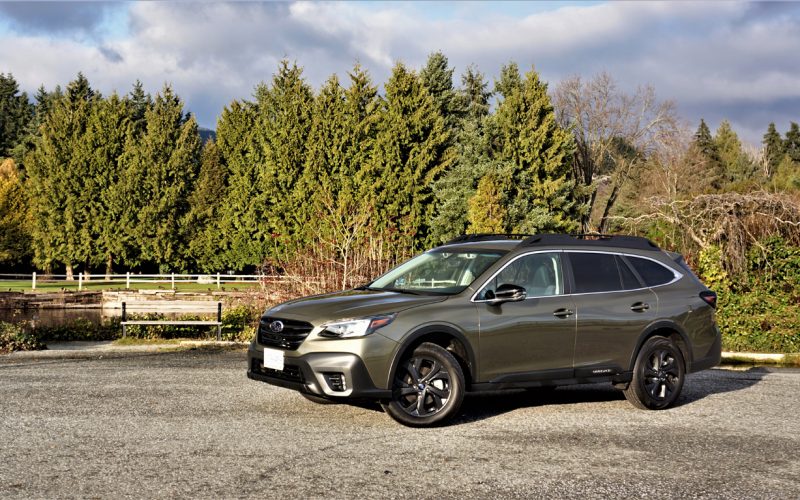
Reading Time: 15 minutesSubaru is all about subtleties when it comes to redesigns, with the latest Outback staying true
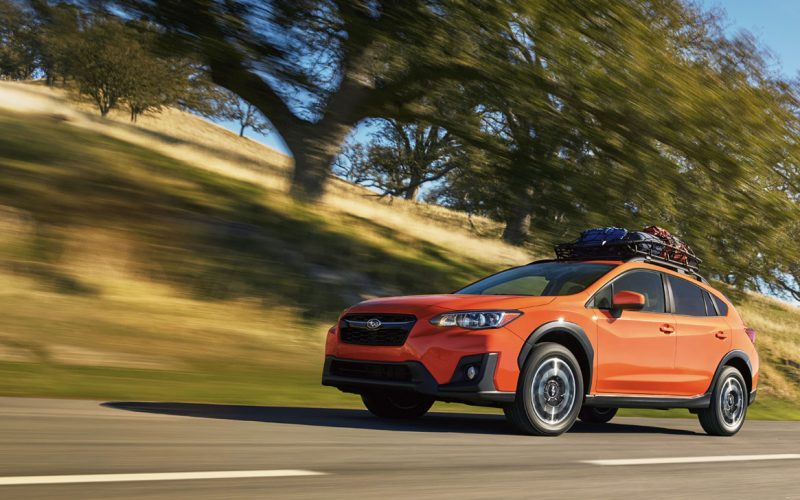
Reading Time: 6 minutesCan you just imagine future Subaru Outback ads? Subaru versus the mountain goat, only once the
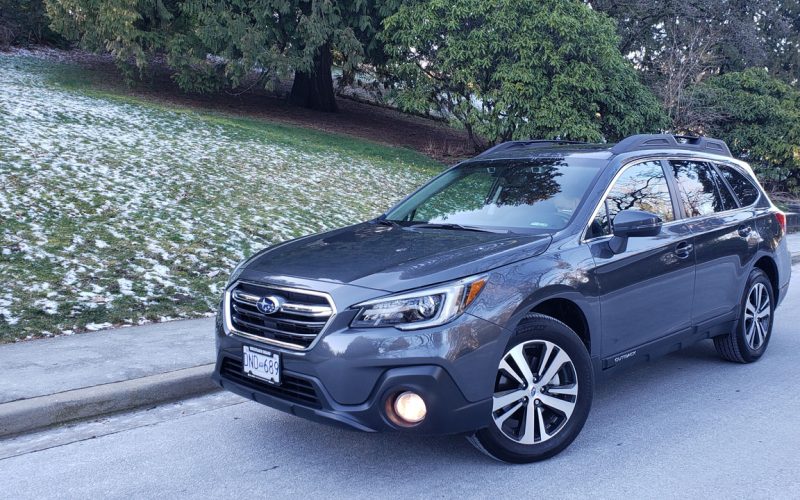
Reading Time: 13 minutesThe Outback has long been my favourite family-oriented Subaru, unless you consider the four-door WRX STI
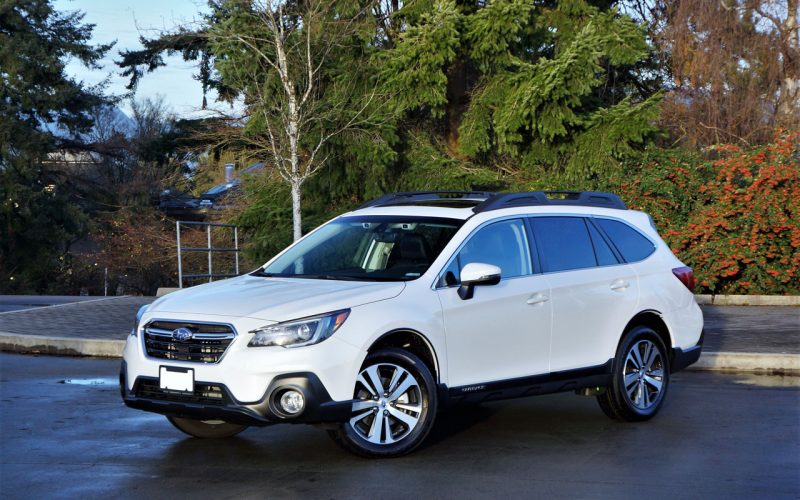
Reading Time: 11 minutesSales of the Subaru Outback have been on an upward trajectory over the past five years,
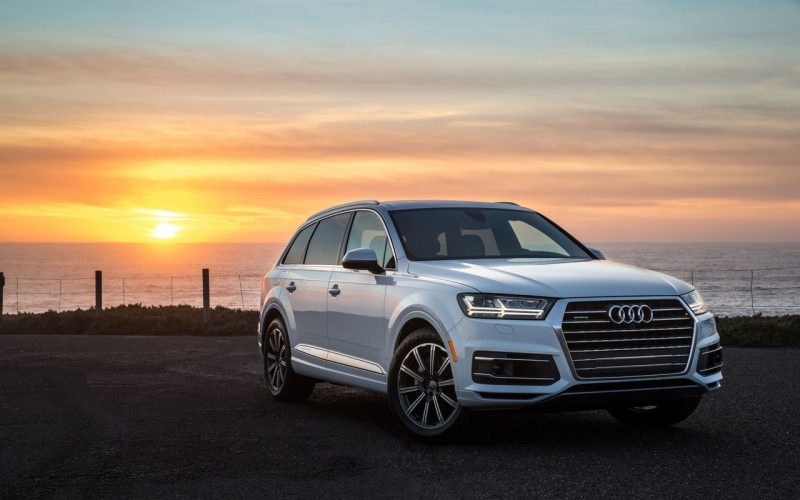
Reading Time: 4 minutesAudi and Subaru have been named best Mainstream Brand and best Premium Brand respectively in ALG’s
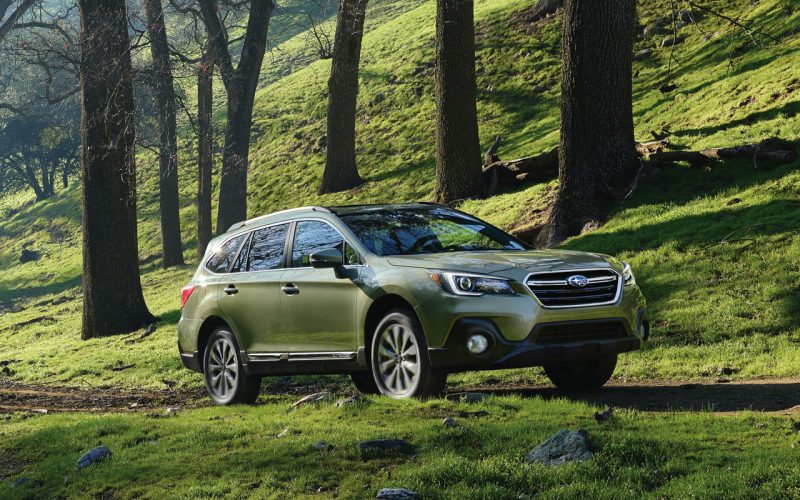
Reading Time: 3 minutesSubaru Canada, Inc. (SCI) capped off calendar year 2017 with its best December on record, helping
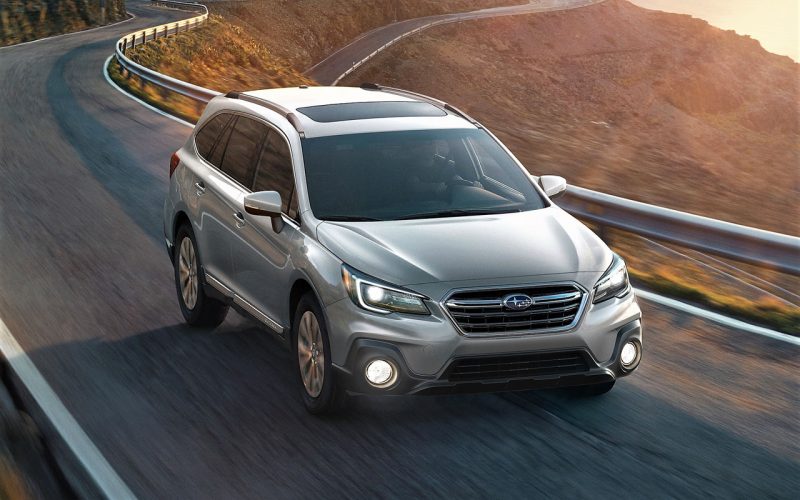
Reading Time: 7 minutesSubaru’s highly successful Outback has been refreshed for 2018, with styling updates that better reflect its
© 2025 The Car Magazine. All Rights Reserved, Privacy Policy | Terms of Use